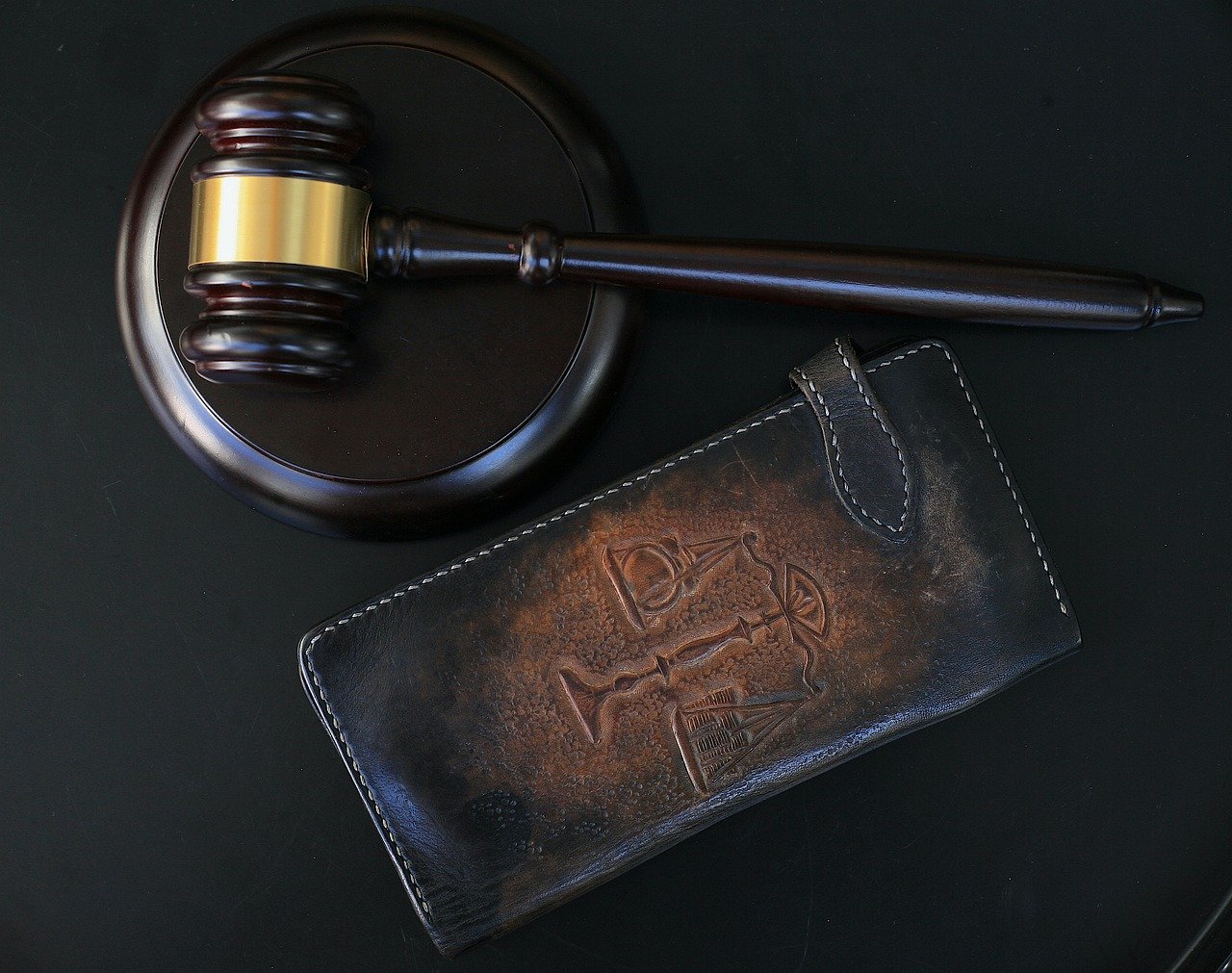Law enforcement authorities seek to identify potential suspects by scrutinizing motives and verifying alibi information, while speculation and theories circulate as the nation reacts to unknown phenomena and modern crime-solving becomes ever more complicated. The case captivates and moves millions, prompting reflection on society’s reactions and modern crime-fighting complexities.
As dead-ends multiply, a tiny clue can revive an investigation and offer hope of progression. Unlock all the secrets hidden beneath this captivating mystery!
What Happened?
Spongegirl’s mysterious disappearance gripped people worldwide, inspiring thought-provoking art, memes and conversations around cybercrime complexity. Additionally, it raised awareness for the significance of rigorous investigative techniques and legal systems to combat it.
Detectives worked tirelessly to uncover the truth about this mystery, interviewing witnesses, investigating crime scenes and reviewing surveillance footage – but progress often proved slow and frustrating.
Investigators sought clues from all possible sources, ranging from online purchases and browsing histories to social media accounts and geolocation data. With these tools, investigators could infer her tastes and movements while tracking down potential suspects; additionally, analysing her digital footprint allowed for timeline creation as well as possible suspect identification. Finally, these cryptic clues led them on surprising investigations that shed more light on their case.
Who Killed Spongegirl?
When it comes to unravelling mystery cases, the internet can be an invaluable source of leads – yet also be an enormous source of false information which delays and obscures investigations.
Detectives had spent years combing through crime scenes, fingerprints, and digital footprints for clues in this case, yet made little headway in bringing justice for Spongegirl.
Spongegirl’s case enthralled people all around the globe and generated numerous discussions on women’s issues, social justice and nuanced approaches to true crime cases. Her mysterious presence also had unintended repercussions, such as erosion of privacy and an increase in paranoia.
As people seek answers for the Spongegirl case, their search has also resulted in conspiracy theories and claims of supernatural powers being made unsubstantiated. Many have changed their behavior online by taking greater precautions and acting more cautiously online; law enforcement agencies must improve communication with the public so as to more quickly address misinformation faster, identify suspects faster, and prevent false rumors from spreading further.
Suspects
Law enforcement agencies have made every effort to investigate this case, interviewing witnesses and reviewing surveillance footage. Although several dead ends have arisen during their efforts, they remain determined to uncover exactly what took place.
Public engagement assisted the investigation, with many sharing testimonies and theories online about The Spongegirl Case. This partnership of expert and amateur investigators exceeded traditional investigative techniques while opening up new avenues for solving the case.
Clues such as torn fabric not matching any known textile and new witnesses led police to investigate various potential suspects, from Veronica Lawson of Acme Corp to Henry Jenkins who often appeared whenever there was new lead or information available.
As the mystery swirled, citizens demanded regular updates from police authorities. Law enforcement sought to provide this information without jeopardizing ongoing investigations or disclosing sensitive details; additionally they responded to demands by setting up reward programs and anonymous tip lines – an approach which highlights the necessity of public participation when investigating complex crimes that often remain unsolved for lengthy periods.
Conclusions
Detectives remained committed to seeking justice for Spongegirl, working tirelessly and following promising leads – yet progress was frustratingly slow despite all their best efforts.
Detectives conducted investigations at crime scenes, interviewed witnesses and studied forensic evidence such as fingerprints on doorknobs and DNA under fingernails – even comparing digital footprints of suspects against national databases to establish any potential connections.
Spongegirl case captured public imagination, prompting dialogue on topics ranging from cybercrime to women’s rights. Online communities shared theories and encouraged amateur sleuthing; however it should be remembered that speculation must be approached with caution until there is substantial proof. Still, its global appeal made this mystery one of the most talked about cases ever. Furthermore, it highlighted important personal safety concerns as well as stressing the importance of teaching children stranger danger awareness.









